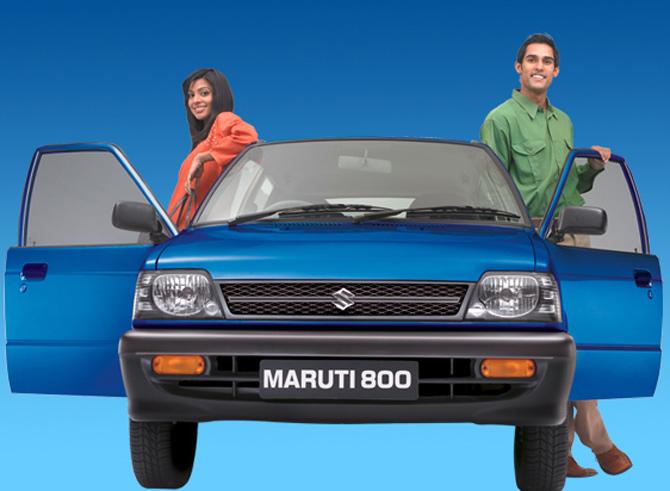
Maruti Suzuki India Chairman R C Bhargava said on Friday that from January 18 the company had stopped producing the Maruti 800, the foundation of its fortunes - and, truthfully, of an entire industry.
...
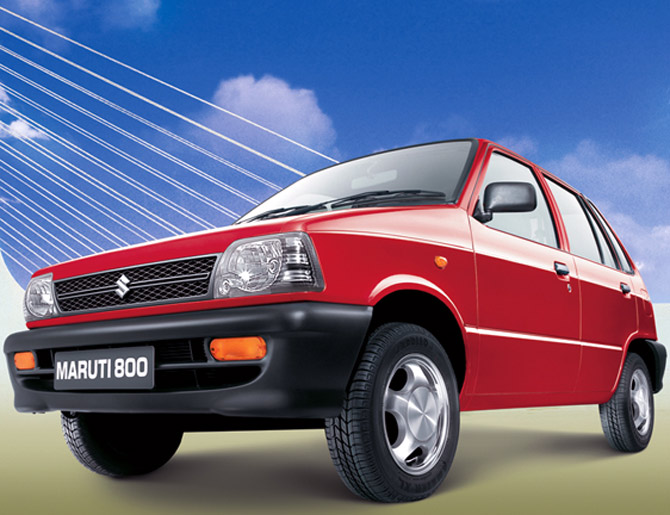
When the first Maruti 800 was introduced in 1983, it was made of almost entirely imported components; in a few years it had been heavily indigenised - although, for years, the older "original" models commanded a premium on the thriving second-hand market.
...

Thirty years later, it's not as if people have stopped buying the Maruti 800. It's just that emission standards have become stricter, and retooling the car to meet the stringent Euro-IV requirements will, in MSIL's opinion, make it too expensive.
This is in spite of the fact that, between April and December 2013, the number of Maruti 800s sold actually rose 21 per cent, to 17,000 units.
...
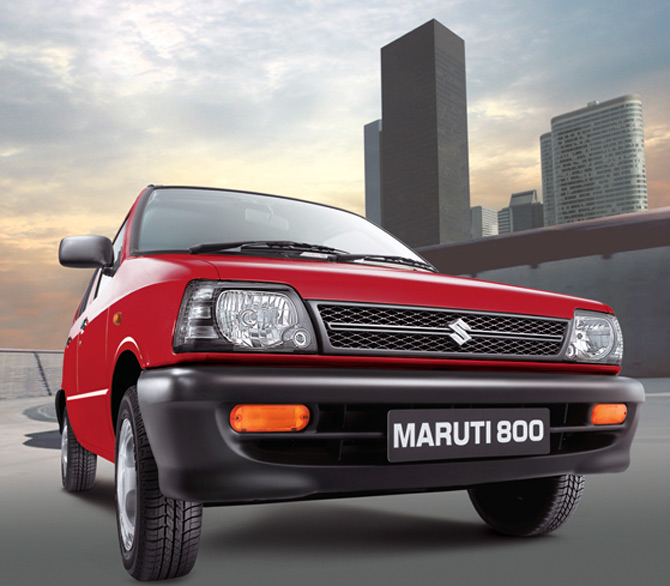
In many ways, the Maruti 800 was the first harbinger of liberalisation.
When it was released in 1983, the reforms of 1991 were still some distance away; but incomes had already begun to rise, following the slow lifting of some business-unfriendly policies, and the middle class had discovered the joys of a disposable income.
...

There were few options on Indian roads until then, and none of them were glamorous.
The Ambassador ruled the north and east; the Fiat, or Premier Padmini, the south and west. Neither was particularly low slung.
For that, there was the ancient Standard Herald - but coaxing speed out of a Standard Herald was widely considered to be impossible.
...
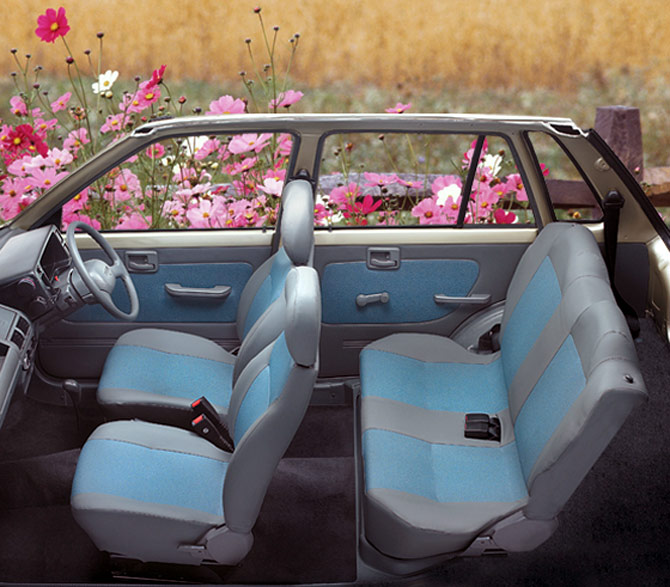
The Maruti 800, introduced against this field, seemed like a breath of fresh air. Of course, the Suzuki technology it was based on was already obsolete; but, to Indians, it represented a giant leap forward anyway.
Within a few years, visitors to Delhi - the home of what began to be called "Maruti culture" - felt their trip was incomplete if they hadn't had a chance to see an 800 on the road.
It was the first time that Indians saw the possibilities that access to even slightly more advanced technology would open up - lower prices, better quality, and hugely raised expectations.
...
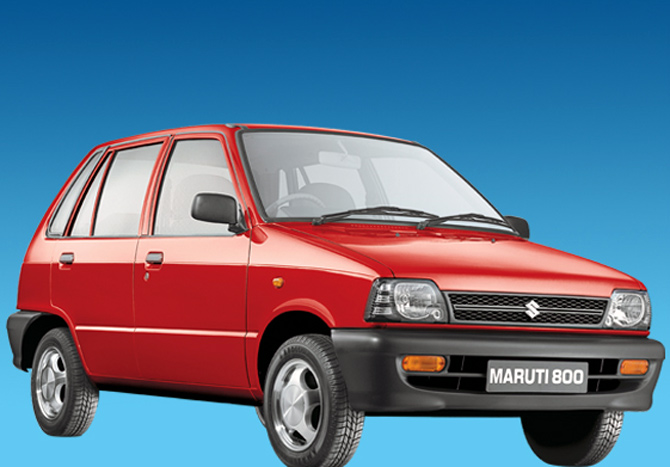
Indeed, the moral panic and enthusiasms surrounding those early years are almost instructive in that they mirror what would become all-consuming concerns at the onset of liberalisation.
It was worried, for example, that the Maruti 800 was so cheap that younger people could afford to just drive around in tinted windows.
One magazine reported on the accessorisation craze - people who tricked out their 800 with extra-large speakers, special paint jobs, new steering wheels, even televisions and fridges.
...
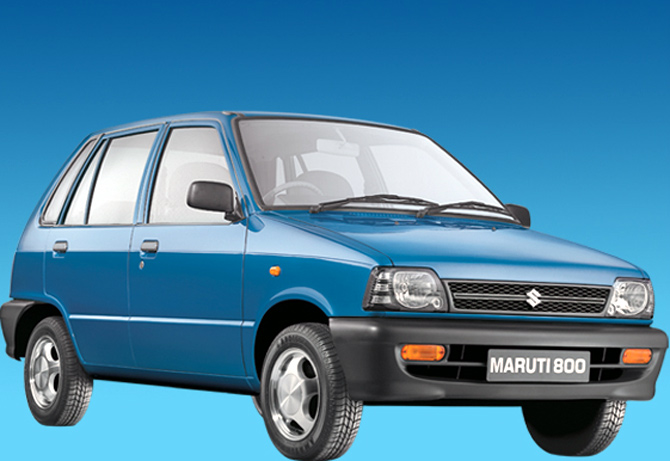
It could cost as much as Rs 60,000 to do it right, reported the magazine, awed - more than the price of the car itself.
At the very least, you spent Rs 3,000 on a sound system, according to the article, written in 1987. But at least half the enquiries were about a TV on the dashboard.
On being asked how one could drive and watch TV at the same time, one accessories dealer, who himself had put a TV in his 800, replied in Punjabi: "one must have confidence in oneself".
...

The equivalent of the Maruti 800 is still sold in Pakistan, as the Suzuki Mehran.
The second-generation Suzuki Alto, the "original" of the 800, made inroads into various European markets. And in China, it was sold as the Cheng'an City Baby.
...

But, surely, nowhere in the world did it touch off a revolution of expectations the way it did in India.
Worried Ambassador-drivers in the mid-1980s spoke of a "Maruti culture" that they thought led to unsafe roads.
Thirty years on, all of India lives in a Maruti 800 culture.